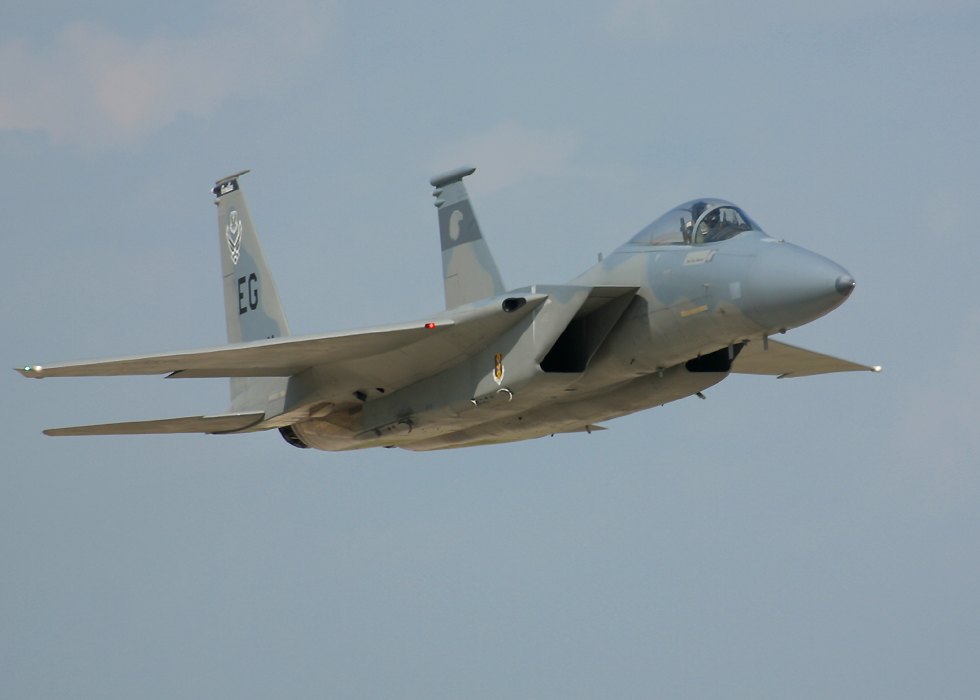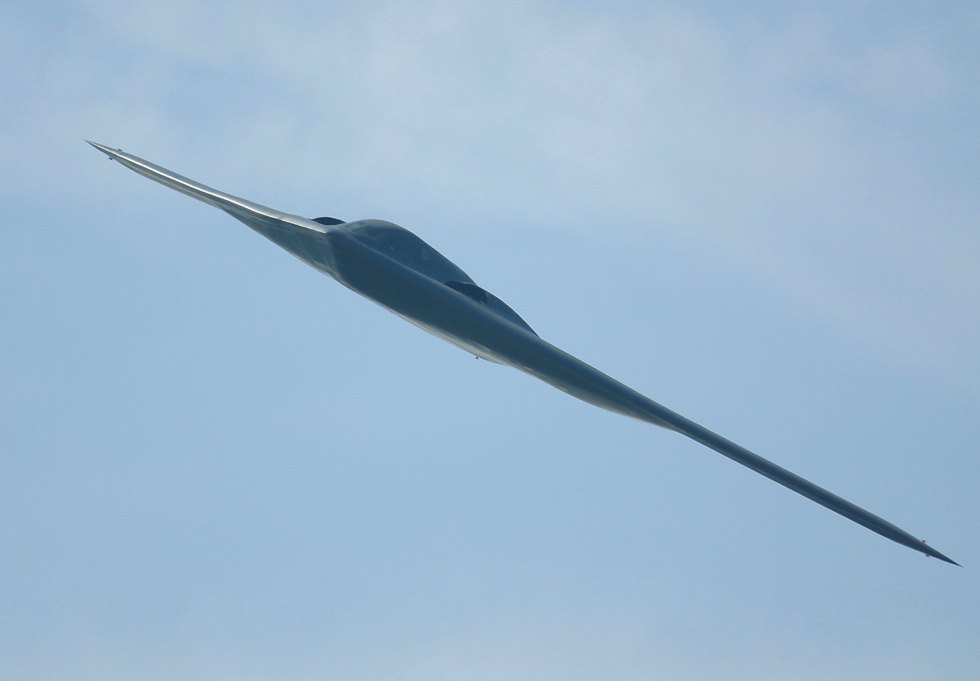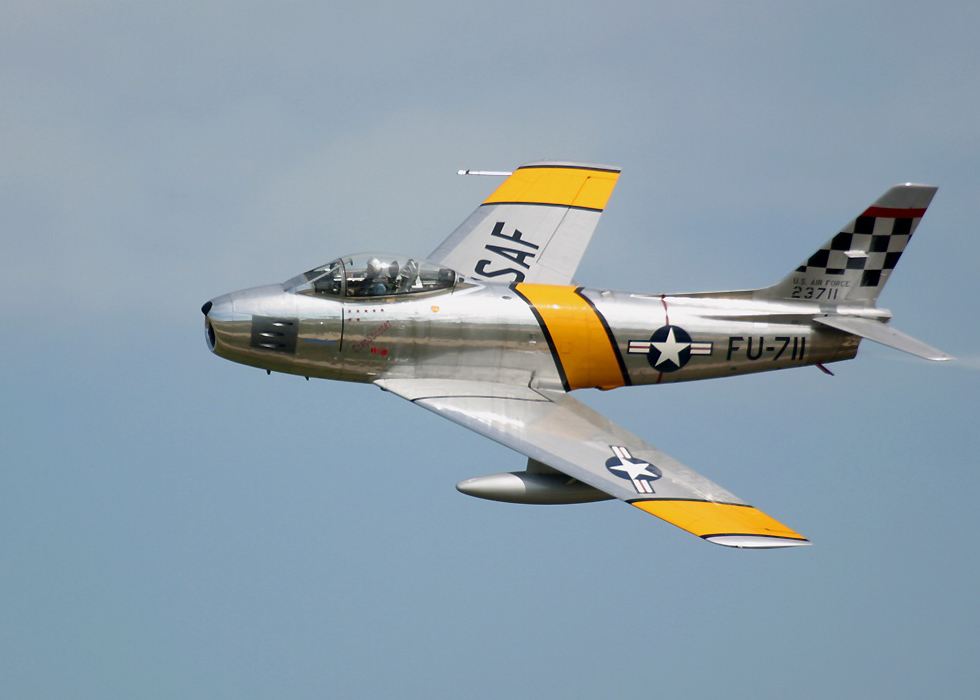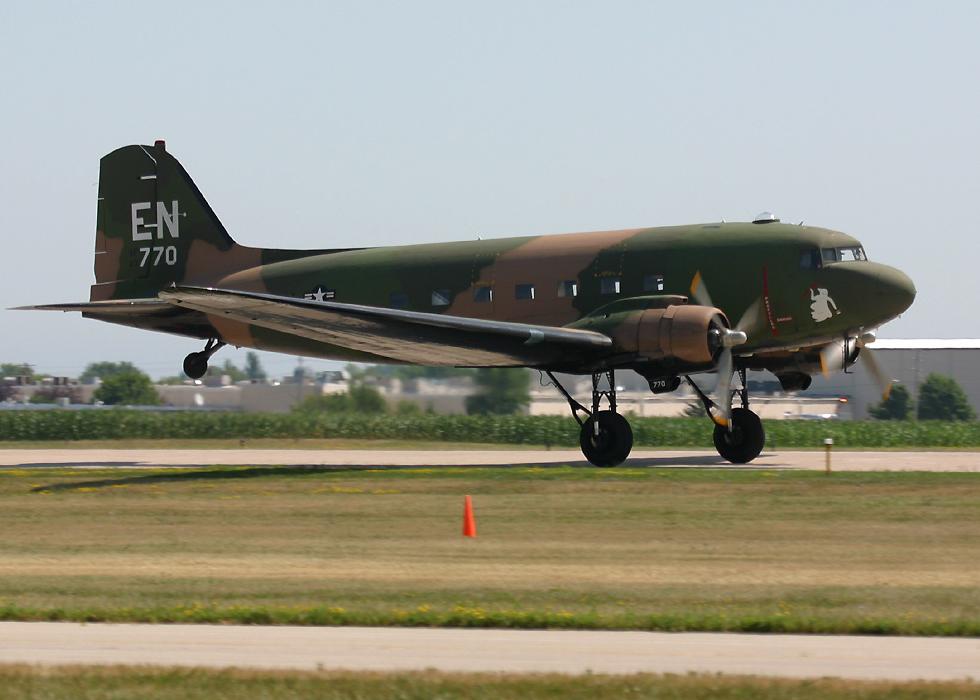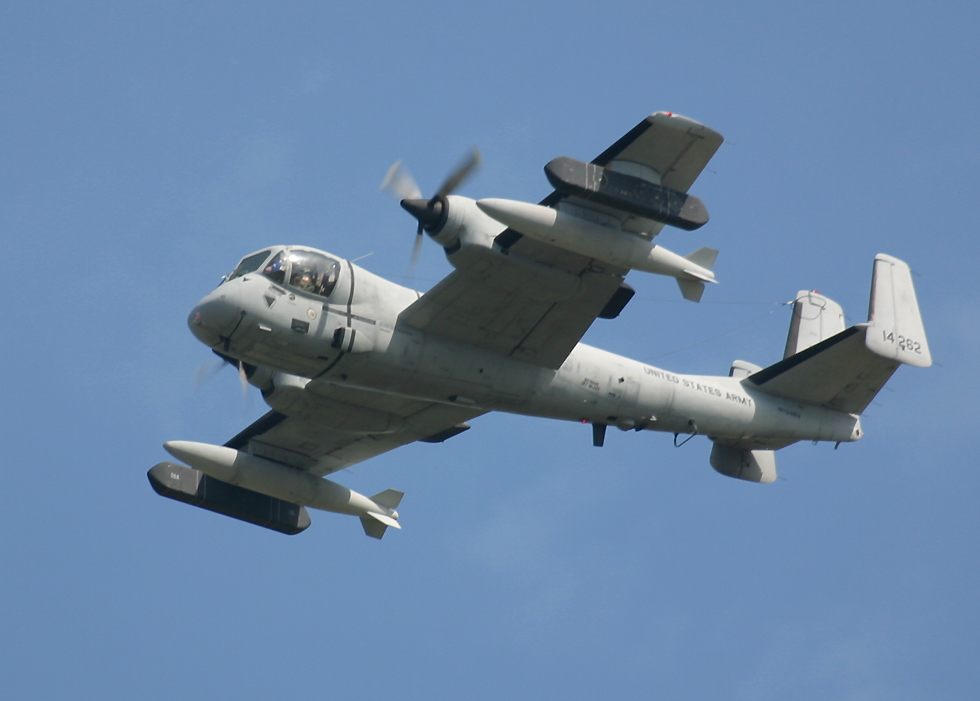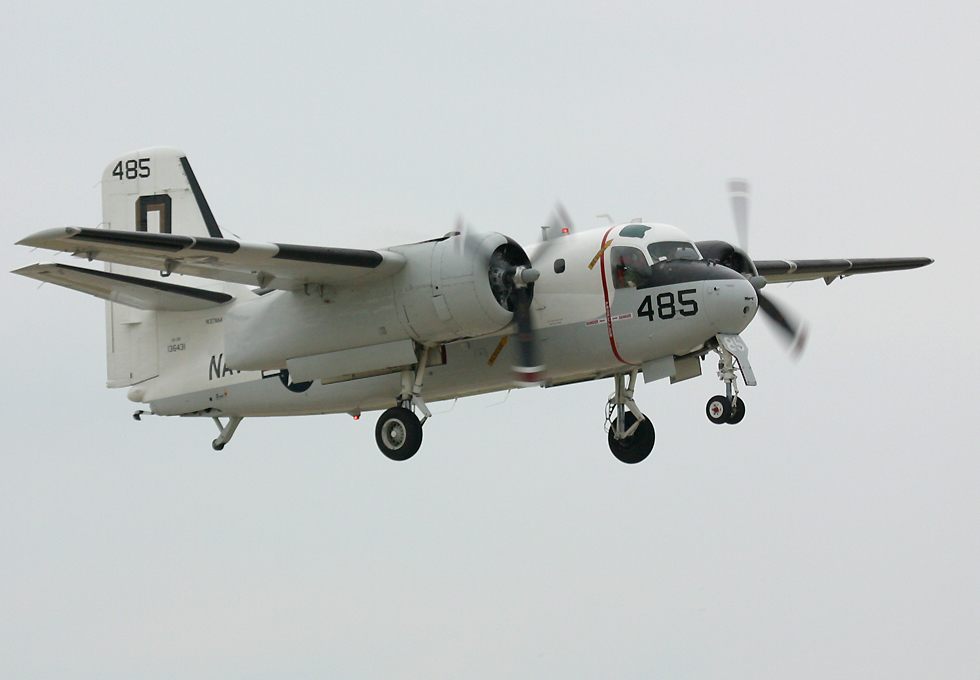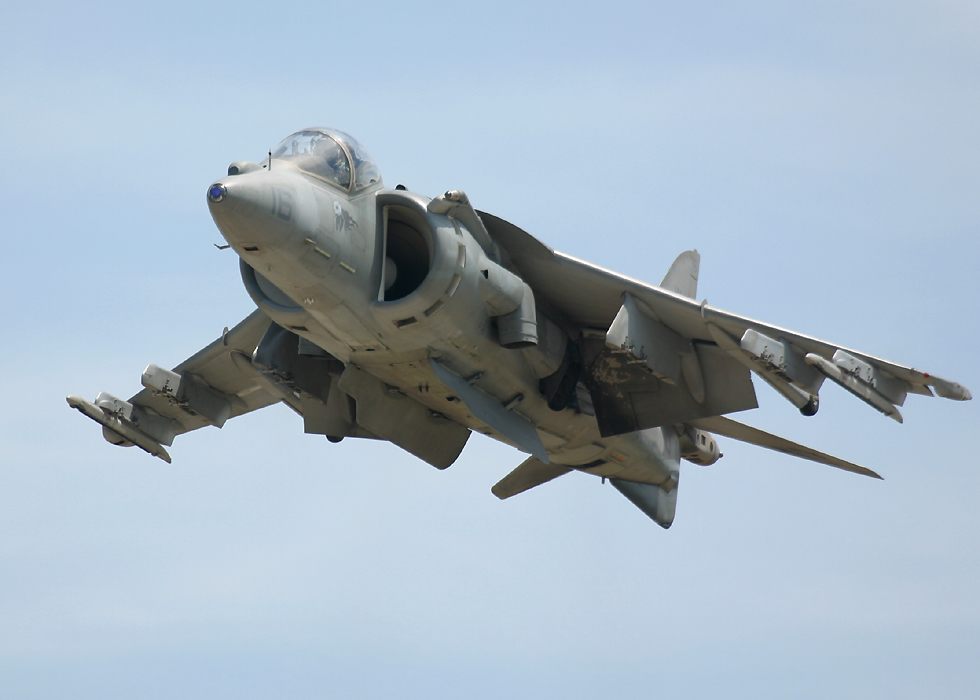|
The F-86 Sabre was the first swept-wing jet fighter to fly with the United
States Air Force. It had very good performance for the time,
going supersonic in a shallow dive just a few weeks after Chuck Yeager
became the first man to break the sound barrier, flying the rocket propelled
X1. Sabres were pitted against MiG-15s during the Korean war;
the MiG could outclimb the Sabre, but the Sabre was faster in a dive and
had better horizontal maneuverability. Overall, some people
consider the MiG slightly superior to the Sabre, but because of better
pilot training the Americans achieved a better than 8-to-1 kill ratio against
the communist pilots. Ironically, both aircraft were originally
powered by the same jet engine, the British designed Nene.
|
